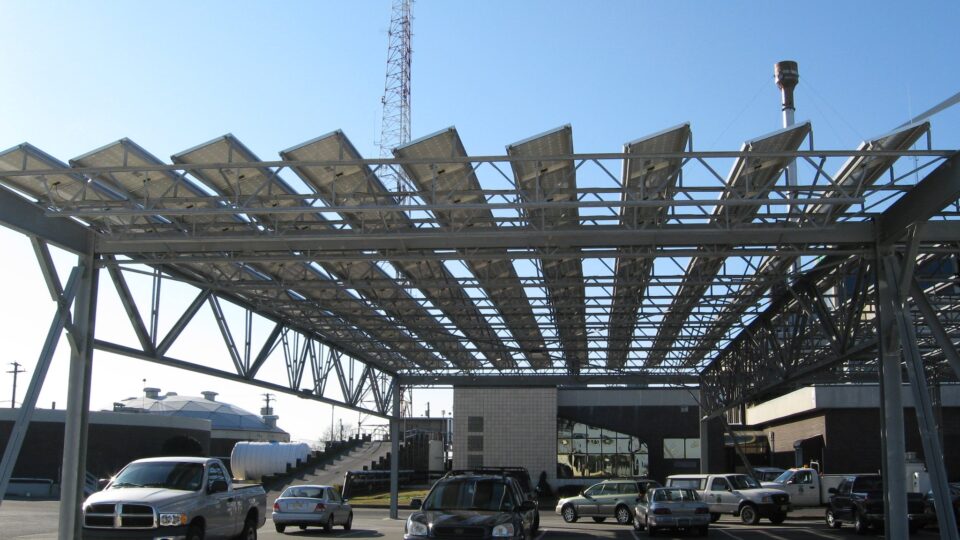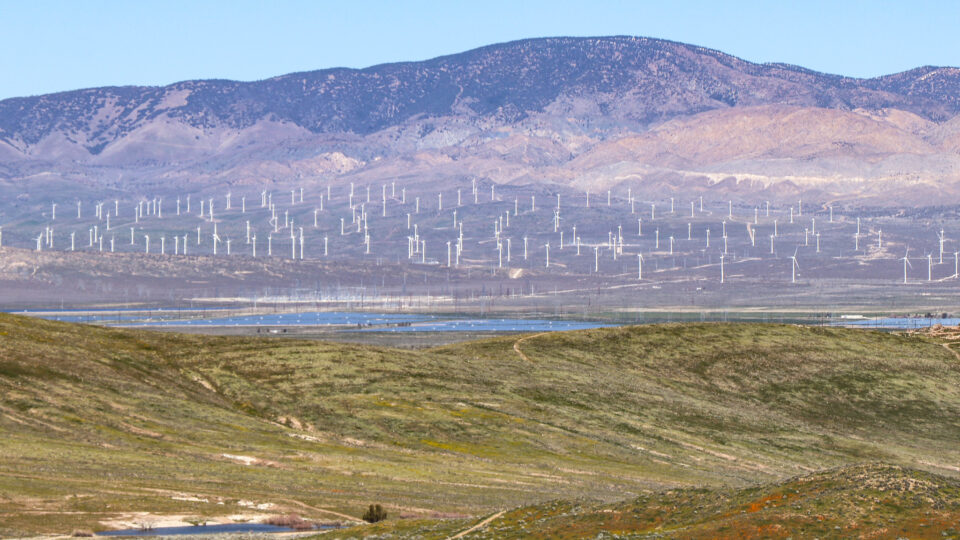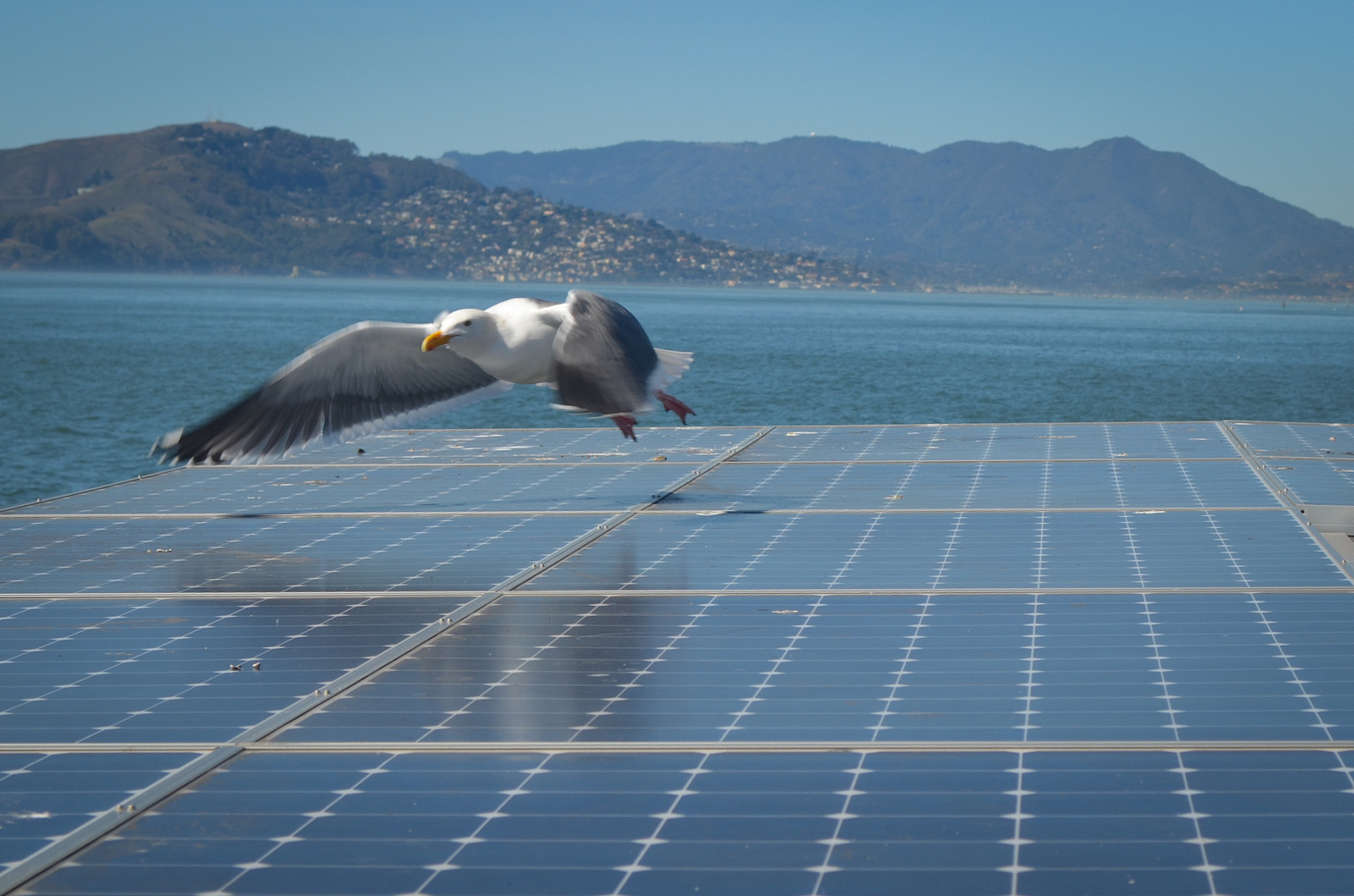Minnesota has been one of the most aggressive states in setting and realizing clean energy goals. As of this year, Minnesota gets 55% of its energy from net zero carbon emission sources. The state has goals of reaching 80% green energy by 2030, 90% by 2035, and 100% by 2040. Recent legislation in Minnesota aims at further reducing carbon emissions and job creation in the clean energy sector.
All of this is very good news, but not for the neighboring state of North Dakota. Minnesota getting all of its energy from clean energy sources means that it would no longer be a customer for the fossil fuel products of North Dakota.
North Dakota is known for its vast reserves of coal, oil, and natural gas and, apart from agriculture, the energy industry is the biggest moneymaker in the state. Faced with the aggressive clean energy initiatives of its next-door neighbor, North Dakota has threatened to sue Minnesota.
What would be the basis of such a lawsuit? The argument would be that Minnesota’s clean energy goals would be in violation of interstate commerce laws and infringe upon North Dakota’s economic sovereignty. The claim would be that the energy regulations in Minnesota unfairly discriminate against North Dakota’s energy products.
Minnesota, on the other hand, would defend its energy goals as a legitimate exercise of its own state sovereignty and a necessary response to the climate crisis.
The outcome of any legal battle that may take place will have far-reaching implications for Minnesota and North Dakota as well as for other states across the country that have clean energy initiatives.
**********
Web Links
North Dakota plans to sue Minnesota over its clean energy goals. What comes next?
Photo, posted June 8, 2019, courtesy of Tony Webster via Flickr.
Earth Wise is a production of WAMC Northeast Public Radio


















